24 Ways to Be a More Creative (Happier) Person
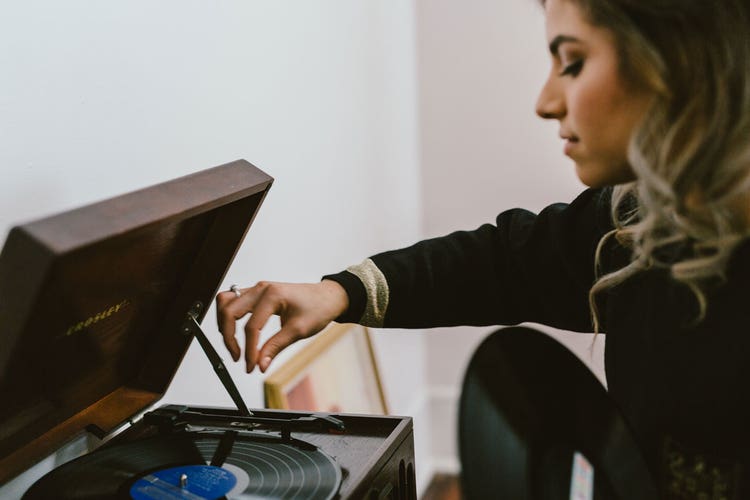
Try these easy ways to find freedom of expression in your life, your way.
If life (love, work, finances) has you in the doldrums and you feel like twiddling your thumbs or numbing out in front of Netflix, it’s time to figure out why you are bored and wake up your creative side.
If you take a walk through human evolution, our artifacts and inventions—both technical and artistic—show that we are a creative species by nature. We are born with an urge and a driving ambition to improve the conditions of our lives. Social factors, environmental conditions and the ability to connect with people and other ideas have served to foster innovation that in turn has served humanity well. It turns out that cognition, connection and creativity are inextricably linked.
With this in mind, we can make small tweaks in our daily routines to help build brilliance on a personal level, which can contribute to a happier life that can feed the human chain of creation to benefit us all. Ian Roberts, the author and artist of the classic book “Creative Authenticity,” teaches that creativity is about courage. It’s not about what we create. It is just that we do it, and there is something courageous about the process itself. Roberts writes, “You are more than creative enough. Own your creativity. You are creative with the same juice that flows in all of life. The question is not whether you are creative enough but whether you will free yourself to express it.”
Here are 24 lifestyle tips to guide you forward into the freedom of creative living:
1. Rewrite your sleep routine
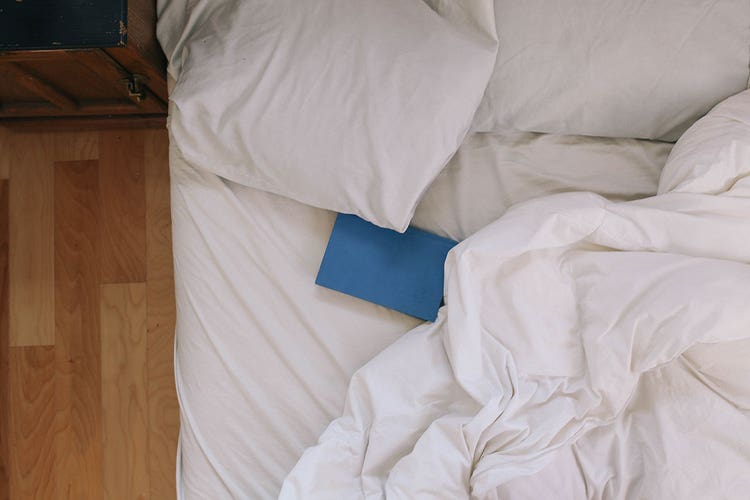
It’s hard to be creative when you are dog-tired and can’t keep your eyes open. Even more than that, a night of sleep can lead to the very source of genius you seek. When you dream, you enter a state of consciousness that is disinhibited and serves as a portal to problem-solving and innovative thinking. Make sure you get the sleep you need. Then train your dreams by stating a problem as visually and specifically as you can before you sleep, and once you awaken, try to recall your dreams and write down how they apply to your stated problem.
2. Own your mornings
According to research, our brains are most active and open to creative efforts just after waking, when the prefrontal cortex is most active. At this time, the analytical parts of the brain are muted and our brains are more likely to make increased connections, which is essential for insight. Make the most of your morning and move your body, meditate, nourish yourself and capture the contents of your mind in whatever way you can.
3. Rethink your schedule
One of the major casualties of modern living is time to think. We are so busy being busy that we have little time in our calendars for allowing the mind to wander or even for thinking. The lack of white space in our lives impacts our ability to daydream and to fantasize, and these essential distractions foster the imagination and the ability to create in the world. Rethink your schedule by blocking out time for thinking and dreaming in the morning, in the evening, and before and after meals. At work, block out time for work—that is, time in your day to simply be and to think instead of taking phone calls or attending meetings.
4. Craft your bumper routines
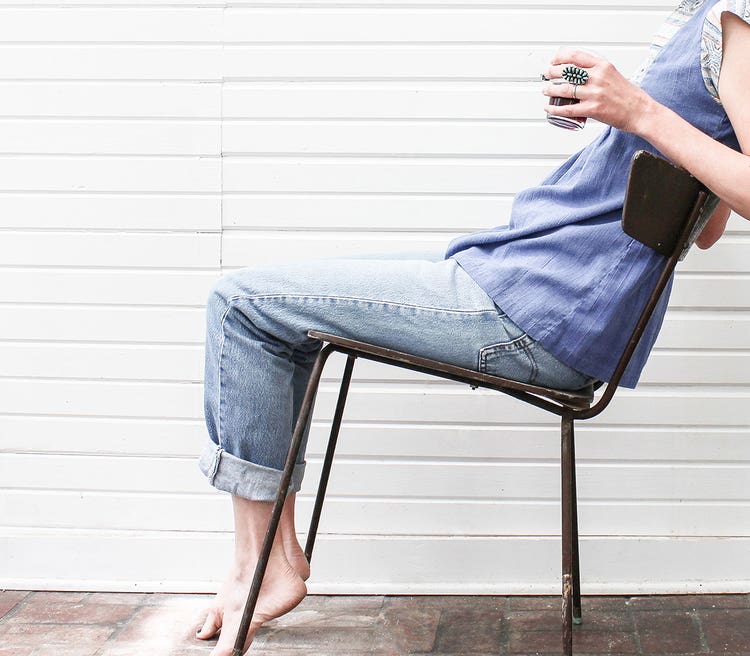
Routine is a regular aspect of our days, and with the right intention, a routine becomes a ritual that unlocks the ability to create. Great writers and artists have been known to make simple or intricate routines—drinking a glass of water, using a certain kind of pen—that are essential to their works. Try creating your own routine to transform each part of your regular day from ordinary to extraordinary, whether you’re making a meal, waiting in line or driving to work. Play with a variety of techniques, breath, sound, music, or gestures, and be very specific and obsessive about repeating them exactly the same way each time.
5. Learn to meditate or find your own style of silence
The benefits of meditation extend across every aspect of health and well-being. Meditation stimulates the neocortex, increasing creative thinking, improving emotional intelligence, improving the ability to solve problems, and reducing the reptilian brain’s overly reactive tendencies and cognitive rigidity. There are many ways to meditate; just begin to experiment. Stepping into the silence and learning to sit in stillness has helped organizations such as Walt Disney, Google, Pixar and Apple to flourish.
6. Find your sweat
Our bodies need movement as does our minds. Participation in some form of movement improves mental outlook, the ability to express feelings, and the ability to manage physical energy and stamina. There is a vast body of research on the therapeutic effects of movement and physical activity on anxiety, mood and even the fear that often comes with the uncertainty of creating something new. Whenever you are involved in a creative endeavor of any sort, trust your body and get on your mat, hit the pavement for a run or head to a hill for a hike. In doing so, you can transform your emotional or mental duress into energy that fuels the creative mind.
7. Feed your brain
It’s crucial to support the organs that give us life and that make the body a vessel of creativity. This means protecting the brain, eating food that is nutrient dense, taking brain supplementation as needed—and making sure that the choices we make to support creativity are not at the expense of the body. Sugar, alcohol and even caffeine may give us a good boost of confidence when we first dig in to create, but they come with a metabolic cost and often create a mood and energy swing that can diminish productivity. Explore what feeds your body, mind and soul—and if you prefer a cup of tea or a glass of wine as you sit down to create, it’s not a problem unless you make it so. Just know that you—and not a spirit in a fancy glass—are the creator.
8. Bathe in nature

Spending time in nature improves our mindset and reduces stress. It’s also known to be a means to overcome creative blocks. When you are struggling with a problem or struck with writer’s block or general anxiety from facing a blank page, a walk can be the ultimate creative regeneration.
9. Clear out the clutter
When your space is a mess, is trying to find something or to zero in on a critical thought futile or frustrating? According to research, disorder is stimulating for some people, while others find it overwhelming and distracting. What works for you? Sort it out, and then dim the lights. The lighting will inspire internal reflection and the ability to focus on your creation. Where you live and work impacts how you feel and your readiness to begin your creative work. Regardless of how you set up your space, the more your space reflects the true you, the better.
10. Rethink your wardrobe

We spend endless money and time on what to wear. This is an opportunity for creative expression, but spending too much time on it is a less-than-productive start to the day. Some of the most prolific creators have opted for their own uniform, choosing the same go-to outfit to wear each day (think Steve Jobs’ turtlenecks) instead of wasting precious brain power on clothing selection.
11. Reset your playlist
The sounds that surround us help to guide our minds and create unique experiences. Sound therapy can help the brain slip more easily into alpha brainwave frequencies that improve the ability to think at a higher level. You can create your own sound therapy by tapping out a beat, humming or chanting or even just through breath work. Alternatively, you can create a playlist of music or musical experiences that help to induce a relaxed state of mind—even putting one song on repeat or turning on a white noise machine.
12. Put new ideas in
To have excellent output, you need excellent input. This means you must be mindful about what you allow your mind to take in, including input from conventional and social media, coworkers, friends and family—real people with real opinions. Do an audit of the ideas that get shared with you. Then edit those inputs with the understanding that selectiveness about what you take into your life will make room for new inputs, such as reading a new book each week. Watch how your mind, communication and creativity expand in expressive power.
13. Set the alarm

The muse requires your exclusive commitment. She doesn’t like to share her channel with anyone else. She expects you to be listening and ready. Each day you need to show up. So set an alarm, sit down in a chair and get busy with a challenge. Perhaps it’s to design one postcard a day or to write 500 words no matter what. It’s a discipline that rewards greatly, but it’s up to you to sort out your ideal metric as well as a system to track your relationship to your craft each day. Whatever it is, make time to practice and create fluency in your technique. Show up. Your creative life is determined by you doing the creating.
14. Commit to produce
What was the last presentation or contribution you created that you actually shared or published? Some works of art are intended just for private viewing, but in general, we require an audience for the world to benefit from our creation. Don’t play small. Set a deadline and commit to publishing that post, or book a date and a room to deliver that speech. Yes, you will feel vulnerable, yet the energy of your boldness will move you toward more inspiration.
15. Challenge the basics
Creativity thrives within limitations. Some of the most prolific artists of our time give themselves a creative warm-up challenge over a long period of time. For example, in 2009, artist Jessica Hische launched Daily Drop Cap, which is her commitment to post an illustrative initial cap almost every day for anyone to use on their blogs or on the Internet. She is committed to building 12 alphabets. Her work catapulted her into the national spotlight, and she refined her craft along the way. Whether you’re designing floral arrangements or a T-shirt graphic, making a salad every day or building your own workout program, choose a foundational element that moves you and then commit to it, no matter what.
16. Reflect and record
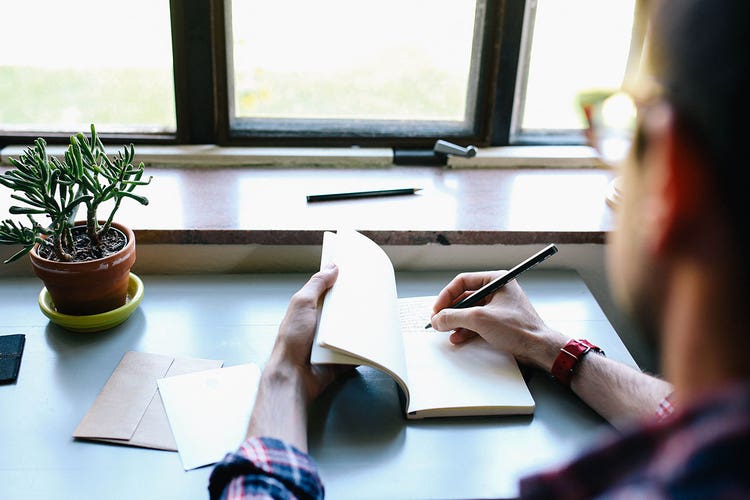
Our days are full of experiences and moments that impact how we feel and how we move about the world. We need time to reflect on our experiences and record our thoughts. In doing so, we integrate the mind and body and better comprehend the world and those with whom we share it. Whether your expression is in a journal or on social media or is even just dishing to your dog, let it out. Your expression will serve as an emotional and creative outlet that returns energy in spades.
17. Call out goodness
It’s been said that we get what we give. How that works on a daily basis is simply to acknowledge what we like and appreciate it fully when we see it. Wherever you are, no matter the setting, notice and experience the beauty in your life. Seize the moment to commit it to memory, and when you have fully taken it in, acknowledge out loud how it made you feel. If it’s something another person has created, thank him or her—you might even congratulate that person for bringing that creation forward. Take the step to share the work or even to spend your time or money to support that person’s endeavors.
18. Take the season off
What is taking up your time and your energy? Is it the last season of “House of Cards”? Or a commitment to an activity that requires hours of your time? Take a sabbatical. Sign off from low-value activities that dull your mind and steal your day away. This includes your gadgets that end up owning your focus instead of serving your efforts. Don’t let them control you. If you really want to challenge your creative genius, go cold turkey and commit to digital blackout hours and let the deep recesses of your mind entertain you.
19. Storyboard your life
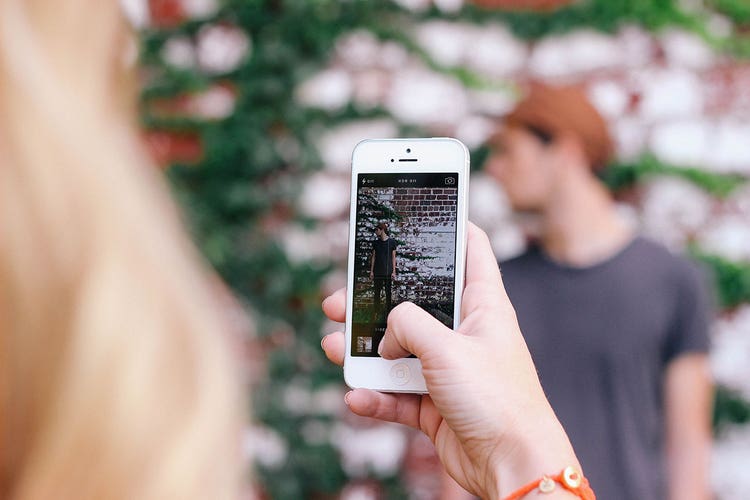
Everything that has happened to you adds to your full life experience. It is a deep resourceful well from which you may draw endlessly for your works of art or passions. Bo Eason teaches that owning your personal story will give you the confidence to do anything and everything in your life. Start by spending an evening marking the key milestones you can remember—in essence, storyboard your life to date and record those key moments (and often painful experiences) that gifted you with priceless lessons on being human. While you are at it, use your imagination and storyboard your future too.
20. Say it out loud
When we suppress what we really want to say, it tends to shut down the most creative part of ourselves. Often it is hard to identify what we really want to say. We have been silent so long, we forgot what that sensation of truth feels like in a natural conversation. Each day, ask yourself if you are truly being yourself when you are in conversations. It is good to be kind and mindful of how others may understand what you have to offer and to meet them where they are, but it doesn’t mean you have to give up what you want. Practice in front of the mirror—Louise Hay-style. Affirm what you want, ask for the raise, own your opinion. Role-play until it feels as normal as breathing in and out. Successful people are creative and consistent in how they express themselves.
21. Play something
Play is essential to our health. Embedded in play is the willingness to learn something new, to challenge ourselves and to risk falling down. Play is as personal to each of us as is taste or love or joy. We each have our own way in—the how doesn’t matter. If you don’t yet have a “playground,” a few classic ideas include taking up piano or guitar, doing a puzzle, gardening, knitting, playing with children or chasing that ball with your sweet dog. Whatever can make you laugh with joy for no reason means you’re still alive and have something to give to the world. Play something and in doing so, you’ll make the space you need to shift your energy back into your creative endeavors.
22. Live in wonder
Intuitive coach Sonia Choquette teaches that tapping into our inner wisdom starts with interest in life itself. She says, “Wonder at least 100 things a day.” She believes that when you live in a state of wonder, it opens you up to possibilities not before visible to your usually judgmental eye. She teaches her students to play a game of wonder when they are in a new situation or stuck in an old one. There are three rules: (1) Give up the need to be right, (2) be willing to be wrong and (3) don’t ask for the answer. It’s easy to play. At every opportunity, phrase your questions and problems as curiosities: “I wonder if my husband is going to coach the team.” “I wonder if I’m going to find that dream job today.” “I wonder if someone will buy my service package.” By putting your life into the mode of wondrous considerations, your mind will open to possibilities instead of shutting them down.
23. Teach what you know
Teaching what you know confirms your knowledge and helps to bring resounding clarity to what you have learned already. As you share with another, your understanding expands and new perspectives and connections will come alive in your mind. There are many reasons to teach and as many settings in which to do it: traditional schools, community college, big brother/big sister organizations, your local health club or community center, churches, online courses, and, of course, YouTube and social media learning sites. With each opportunity, teaching has the potential to make a positive difference in someone else’s life and in your own growth.
24. Design an R & R map
You know very well by now that if you don’t schedule your time off, it just won’t happen. As a rule of thumb, when the day of work is done, be done with it. Log off and set boundaries. Plan to take your weekends off, schedule trips away at least once every six weeks, and take a longer block of time off each season. If your life and career permit, plan a sabbatical—or what Harvard refers to as a midlife gap year that consists of a longer time block (three to 12 months) that can serve to reset, recharge and refuel you on every level. You can book an immersive experience and learn a craft or a language, but in the true sense of “vacare”—the root of vacation that means “to be empty, be free, have leisure,” according to Merriam-Webster online—it is best when you are unoccupied. For most of us, this type of experience will require a new charter for life.
Photo credits: Death to the Stock Photo except (10) and (13), Africa Studio, Adobe Stock